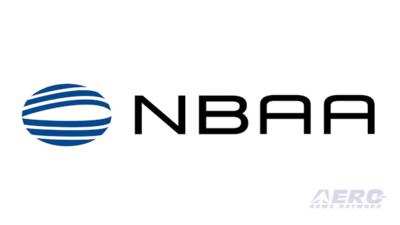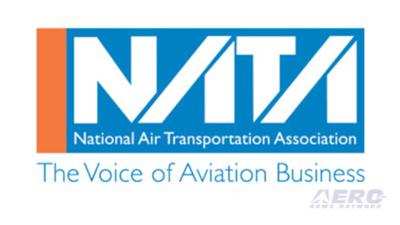Thu, Apr 30, 2020
The Standardized Curricula Are Voluntary
NBAA and NATA welcome the release of FAA guidance on a new standardized curriculum for Part 135 training that will improve safety and increase administrative efficiencies for on-demand operators.

The advisory circular streamlines the relationship between Part 142 training centers and on-demand air carriers, and reduces inefficiencies in the approvals and qualification processes. The guidance also creates a Training Standardization Working Group composed of industry and FAA experts that will develop standardized training procedures for the most common aircraft types.
The guidance was developed by the FAA after NBAA, NATA, Part 135 operators and training centers recommended the concept through the Air Carrier Training Aviation Rulemaking Committee.
"NBAA is committed to continually improving the safety of our industry, and by working jointly with operators, training centers and NATA, we are proud to have developed a concept of standardized curriculum that will revolutionize training for Part 135 operators," said NBAA President and CEO Ed Bolen. "We applaud the FAA's effort during these difficult times to deliver guidance that significantly heightens safety standards and creates a dynamic, responsive and more efficient pilot training program."

"NATA is pleased about this exciting advancement in Part 135 training that provides efficiency and safety gains for both operators and the FAA alike," said NATA President and CEO Timothy Obitts. "This is the result of a tremendous four-year effort from many industry stakeholders, and we are pleased that the FAA is implementing the recommendations of the FAA's Air Carrier Training Aviation Rulemaking Committee. We'd also like to thank NATA's Vice President of Regulatory Affairs John McGraw for his leadership as Chair of the ACT ARC Working Group, and NBAA's Brian Koester and Mark Larsen, along with our members who served on the ARC and provided their expertise and time to this effort."
The standardized curricula are voluntary and Part 135 operators can continue with their current training programs. However, the FAA anticipates most Part 135 operators will choose to use standardized curricula and training centers that promote safety, enable continuous improvement through data analysis data and increase administrative efficiency. The concept also supports the National Transportation Safety Board's initiative to increase safety in Part 135 operations.
More News
Aero Linx: International Federation of Airworthiness (IFA) We aim to be the most internationally respected independent authority on the subject of Airworthiness. IFA uniquely combi>[...]
Ultrahigh Frequency (UHF) The frequency band between 300 and 3,000 MHz. The bank of radio frequencies used for military air/ground voice communications. In some instances this may >[...]
A Few Questions AND Answers To Help You Get MORE Out of ANN! 1) I forgot my password. How do I find it? 1) Easy... click here and give us your e-mail address--we'll send it to you >[...]
From 2019 (YouTube Edition): Learning To Paint Without Getting Any On Your Hands PPG's Aerospace Coatings Academy is a tool designed to teach everything one needs to know about all>[...]
Also: Sustainable Aircraft Test Put Aside, More Falcon 9 Ops, Wyoming ANG Rescue, Oreo Cookie Into Orbit Joby Aviation has reason to celebrate, recently completing its first full t>[...]
 ANN's Daily Aero-Linx (05.06.25)
ANN's Daily Aero-Linx (05.06.25) ANN's Daily Aero-Term (05.06.25): Ultrahigh Frequency (UHF)
ANN's Daily Aero-Term (05.06.25): Ultrahigh Frequency (UHF) ANN FAQ: Q&A 101
ANN FAQ: Q&A 101 Classic Aero-TV: Virtual Reality Painting--PPG Leverages Technology for Training
Classic Aero-TV: Virtual Reality Painting--PPG Leverages Technology for Training Airborne 05.02.25: Joby Crewed Milestone, Diamond Club, Canadian Pilot Insurance
Airborne 05.02.25: Joby Crewed Milestone, Diamond Club, Canadian Pilot Insurance




